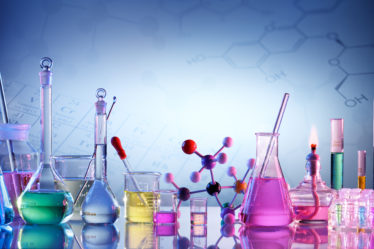In addition to the investment headlines, there were three key takeaways relevant to agriculture and food:
- Genetic engineering will shape the future of food and how it is grown
A key differentiator between companies looking at this space is whether they are:
- Looking to make adjustment to the in-field characteristics of food
- Investigating some measurement of the quality of the food.
These have often been worked on separately, with large R&D budgets and decades spent focused on in-field characteristics such as herbicide and pesticide resistance. The future will look more closely at quality traits. This will center around nutrition, alongside aesthetic and flavor considerations.
As with many discussions on genetic engineering in food, public perception was discussed at length. It is important to retain perspective on what genetic engineering in food means. For millennia, humans have manipulated naturally occurring plant and animal species for millennia to increase productivity, to the extent where modern commodities are unrecognizable to their ‘natural’ ancestors. Why would further, or accelerated, development be different? However, communicating this carefully with consumers is critical.
A key aspect to keep an eye on is the increasing coordination of indoor farming and genetically engineered foods. This can vary from controlled growing of highly nutritious (and valuable) crops but may also look at optimizing crops for robotic harvesting by reducing leaf coverage.
A final thought was given to the changing regulatory landscape, as the UK’s DEFRA announced a request for comment on the future of genetically engineered food future for the UK now that it has separated from the EU’s strict regulatory stance on genetically modified foods.
- Automation of outdoor farming will happen, but ROI for the farmer is critical. Automation of indoor farming is already available in greenhouses, with vertical systems finding viable markets.
There are many aspects of agricultural work opening up to automation. Whether it is crop monitoring, spraying or weeding; there are plenty of outdoor activities that are good candidates for automation as they are repetitive, difficult, and valuable tasks. However, this is still a young industry, with levels of automation still low. Return on investment for many new outdoor applications of farm robotics and automation is not proven, and this is critical to success in an industry where adoption rates for new technology are slow.
Automation in indoor cultivation systems is already sophisticated. Bridging the gap to make this technology available to more traditional open field farmers was described as a white space for innovation. Typically, indoor systems are focused on locating near urban centers, getting close to the consumer. This is to the detriment of a more willing and knowledgeable set of customers who could be buying these systems; the farmers. This tension has led to new routes to market for indoor growers, such as working with local supply chain players, but the opportunity to be a technology vendor to farmers may have been overlooked.
- Feeding cows seaweed could reduce methane emissions by 90%…
…according to Steve Meller, CEO of CH4 Global. His company is looking to commercialize a particular type of seaweed called asparagopsis as a feed additive for cattle. This seaweed naturally produces and concentrates bromoform, the key ingredient in reducing enteric fermentation (cow burps). Adding it to feed at 1% concentration or less has seen 90% reduction in methane emissions in trials. As livestock methane emissions account for 14.5% of all anthropogenic carbon, this could make a significant impact on GHG emissions. The proposal to farm this seaweed is CAPEX heavy, with $10 million required to set up a plant, but anticipated yearly revenue of $7.8 million gives ROI of 1.5 years with 65+% margins. The company’s first plant in South Australia has pre-sold its output. Key challenges might be the shelf stability of the product, and long-term efficacy as trials are relatively short compared to some chemical competitors. However, the next-best claim for methane reduction in the industry in 30%-40%, so there would need to be a cliff-edge in performance to become less effective than competitors.
Outside of the agenda sessions, Agriculture & Food was high on attendees’ minds. Conversations often turned to the acceleration Covid-19 has brought to innovation trends in this sector especially around online grocery and consequent supply chain upgrades. Alongside this, opportunities for decarbonization and carbon sequestration in agriculture was mentioned as part of the wider Transformation theme of the Forum this year.


